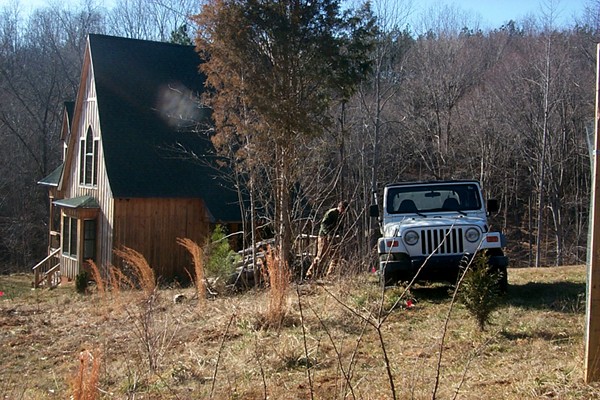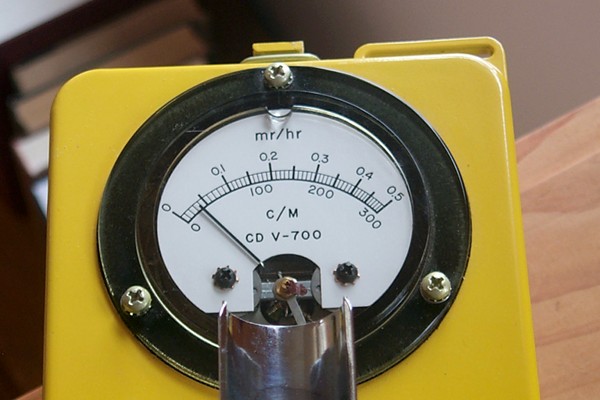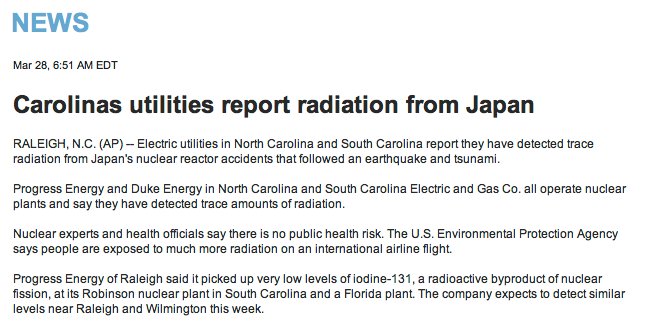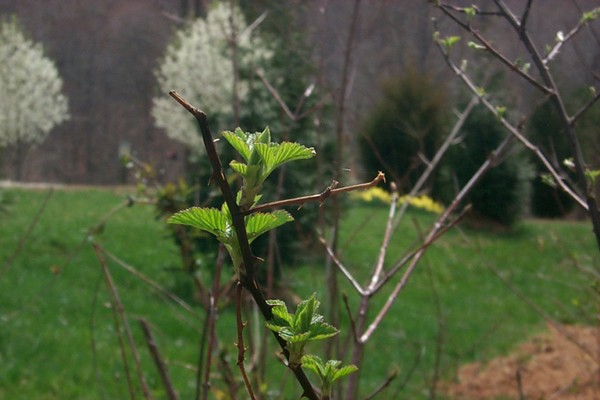

In June 2009, using analytics software licensed from Lawrence Berkeley National Labs and statistical data from the Department of Energy, Microsoft launched a web site permitting homeowners to enter data about their homes and energy use and compare their energy use to that of other homes. The web site is www.microsoft-hohm.com.
Microsoft launched this web site the very month I first turned on the lights at Acorn Abbey, so each month since June 2009 I’ve entered data from my electric bill. The web site stores this data, graphs it, and analyzes it in interesting ways.
Acorn Abbey, I’m happy to report, is energy efficient. It rates a 91 on energy efficiency, on a scale of 100. The national average for energy efficiency is 61. In my Zip Code, the average is 57. The average in the wastrel, free-market utopia of Texas is 51!
In dollars, here is how it looks. Acorn Abbey has an electric heat pump for both heating and cooling. All appliances including the water heater are electric. (In densely populated areas where piped gas is available, some gas appliances are more efficient, but that’s not an option here in the sticks.) The overhead insulation exceeds the building code requirements. My annual electric bill comes to $979, compared with $2,228 in my Zip Code for houses of the same size built around the same time.
So my electric costs are 43 percent of what others in this area spend for similar houses. Or, to express it another way, people around here with similar houses use two and a quarter times more electricity than Acorn Abbey does.
I stay warm in the winter and cool in the summer. I use the heck out of the kitchen. I take showers with pure hot water (my water heater is set pretty low). My Macintosh stays on all the time. In other words, I live comfortably. How in the world do others manage to use so much electricity? I don’t see how it can be anything other than waste.
After 17 years in California, where the cost of electricity is much higher than it is here in North Carolina, I became accustomed to being frugal with electricity. When I returned to North Carolina in 2008, I was stunned at how promiscuous local people are in their use of electricity. When something is too cheap, people waste it. And I’d better not even get started about the horrors of the McMansions and new suburbs that are going to be with us for a long time, squandering energy, ugly in every way.
The nuclear catastrophes in Japan have renewed the national conversation about the wisdom of building new nuclear power plants. But the thing that is almost never discussed is that we wouldn’t need so many power plants if people didn’t waste so much electricity. Most Americans still blindly live as though they’re entitled to endless consumption and endless waste.
Microsoft Hohm makes two suggestions for making Acorn Abbey more energy efficient. Its data includes the percentage of my light bulbs that are compact fluorescent vs. incandescent. It wants me to install all fluorescent lighting. I will, eventually. All my frequently used lights are compact fluorescent, but I’ve not yet spent the money to change out my seldom-used lights. I’m also hoping that the cost of LED lighting will come down.
The other step Microsoft Hohm suggests is caulking around my windows and doors to control air leaks. They’re exactly right about that. Last fall, I had a plague of lady bugs and stink bugs getting into the house looking for a warm place to spend the winter. They could have come in only around the windows and doors. Before next winter, I must do some serious caulking. In retrospect, caulking would have been a much better investment than the heavy curtains I bought for the windows. And it would have kept the stink bugs out.





























